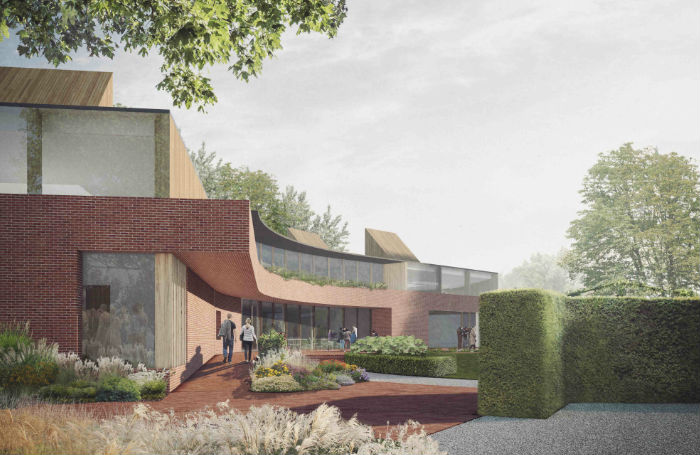RIBA client advisers have become an established part of the UK’s consultant landscape in the eleven years since the register was first launched, providing clients with early-stage commissioning expertise in all sectors, from education, healthcare and heritage to nationally-important infrastructure projects such as HS2.
An RIBA Client Adviser is usually an architect (but not necessarily) sitting on the client’s side of a project, independent of the supply team, helping to manage the design process from its earliest stages.
It is generally accepted that the earlier the adviser’s appointment, the more valuable the service, with advisers helping clients to define their own needs and aspirations even before the project brief takes shape.
Client advisers are selected by the RIBA for their all-round procurement expertise, design experience, business knowledge and track-record of delivering results in construction projects. There is an accreditation process and the RIBA evaluates and re-accredits all of its Client Advisers on an annual basis.
‘Being a client adviser is an opportunity to apply the skills of a tactician or strategist and bring design thinking to bear early on in a project. The client advisers input often influences the trajectory of the project so that good and exceptional design can be realistically aspired to as a norm,’ says Juliet Bidgood, who co-chairs the RIBA’s Client Advisers Steering Group.
‘The client adviser can expand or deepen their knowledge of a sector in this role and be able to work at a senior level – perhaps whilst juggling other responsibilities or projects. In the adviser role they have the ability to create opportunities for other architects, sometimes enlarging the creative scope and ambition of a project.’

Advisers’ roles will often develop from the earliest project scoping stages to become longer term relationships with clients.
Sarah Williams was appointed Client Adviser to help write the brief for Sevenoaks Community Centre in Kent, which was to be run as an RIBA competition, and then helped to select the winning team.
The scheme includes the community centre designed by Theis and Khan (right), a residential element and conversion of a listed station, for which Heritage Lottery Funding was sought.
Williams has since been retained by Sevenoaks to provide ongoing client-side advice and expertise on the project.
‘It can be very useful for local authorities to have practical, expert help from an adviser because so many have lost their in-house development expertise over the years,’ Williams says. She has just been approached by Islington to help with stakeholder consultations.
Ruth Butler divides her adviser time between education, leisure and sports projects, with about 50% for the public sector, including a ten year stint as Client Adviser for Greenwich.
Recent projects include a cricket pavilion and pitch in Horndean for East Hampshire District Council, where she has been taking client sponsors to visit exemplar projects before the briefing process actually gets underway, and Outdoor Learning facilities for a Hampshire primary school that brought design charettes with pupils into the briefing process.
‘The most important thing I’ve done as a client adviser is to get the best architects for the job appointed, because good architects produce good architecture,’ Butler says.
Her successes in this respect would include Burntwood School in Wandsworth, London, where the chosen architect, AHMM, went on to win the 2015 RIBA Stirling Prize for the project, which suggests she might be right.
Thanks to Sarah Williams, principal, S Williams Architects Ltd; Ruth Butler, principal, Ruth Butler Architects; Juliet Bidgood, principal, Juliet Bidgood Architecture/Urban Design.
Text by Neal Morris, © RIBA









